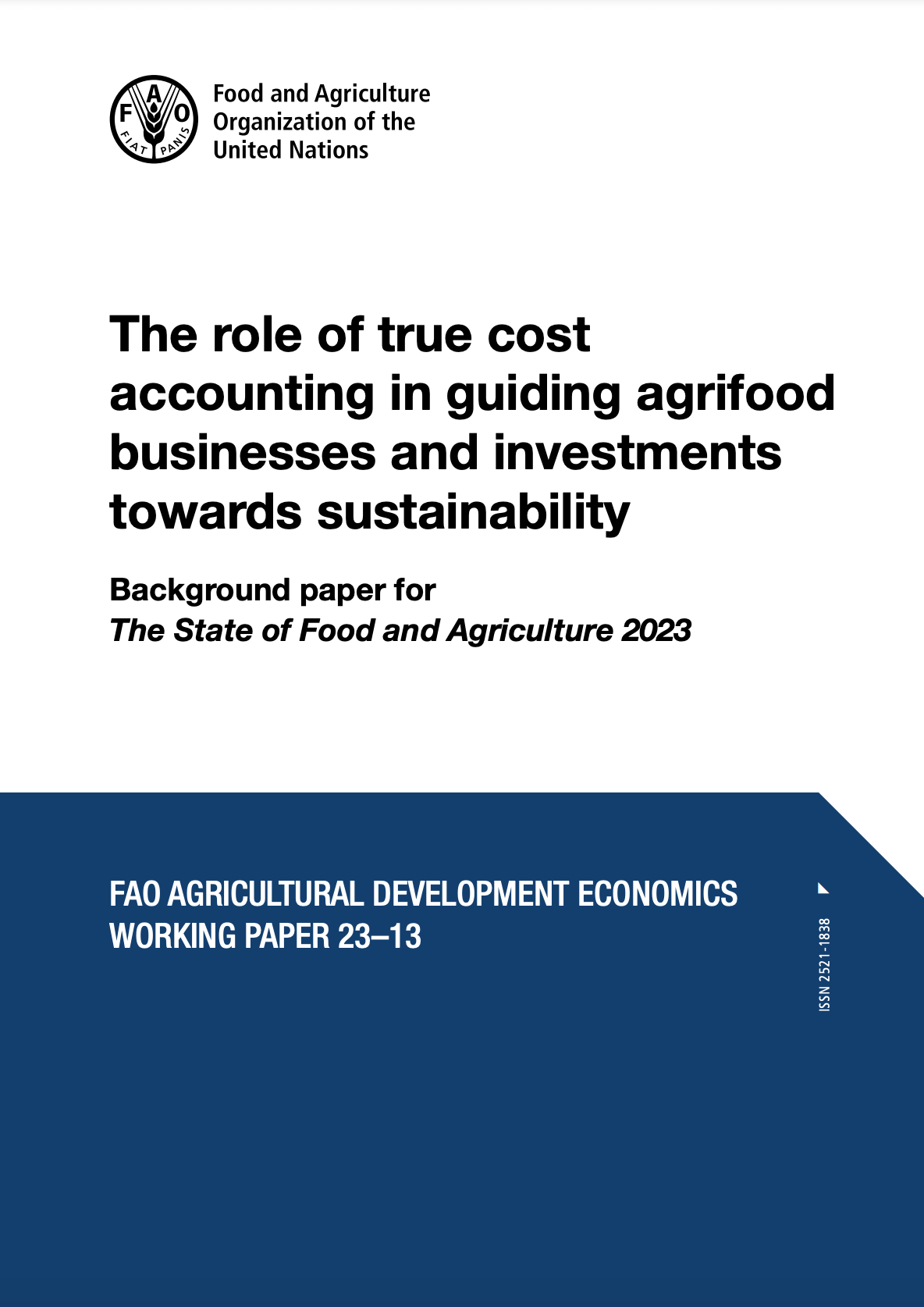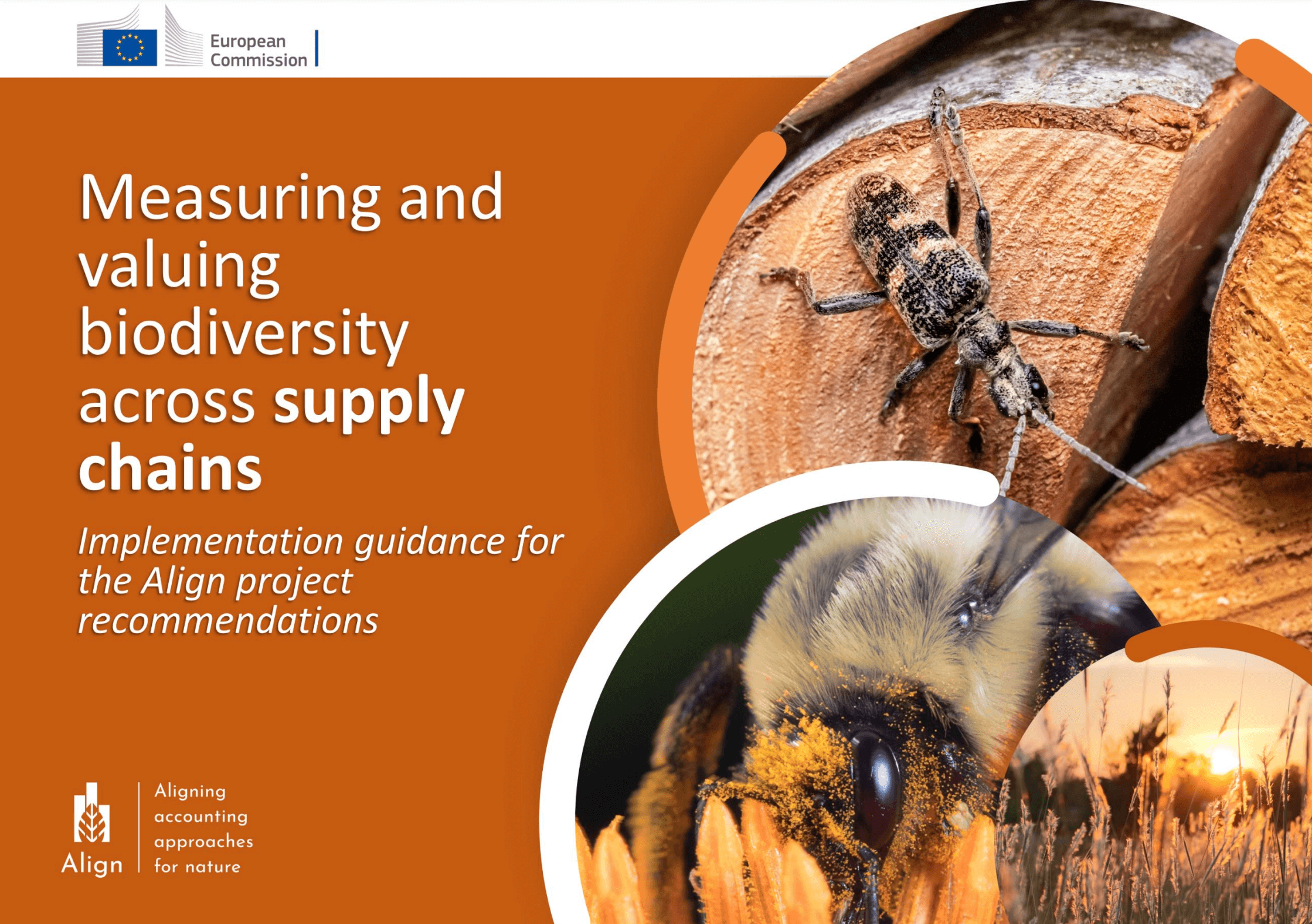Measuring and Valuing Biodiversity Across Supply Chains supplement
Detalles
The global decline in biodiversity is a risk to businesses and society. Companies need to examine and measure their impacts and dependencies on biodiversity to provide the building blocks needed to take positive action and report on progress. In response to this need, at the end of 2022, the Align project published its recommendations for a standard on measuring and valuing corporate biodiversity. These recommendations comprise a set of technical principles and criteria that define "what" elements of biodiversity should be measured and "how" they should be measured in different business contexts.
This guide is part of a series of briefs that have been developed to support the implementation of Align's recommendations and focuses on supply chains, providing more context at spatial scales and concrete examples of relevant supply chain approaches and tools.
In this paper, shell companies are used to describe approaches that can be used to measure biodiversity impacts and dependencies in supply chains. They are structured around the criteria presented in the Align recommendations. As a preliminary step, it is important to set priorities using a broad lens to examine companies' value chains and identify where significant impacts and dependencies occur. This can be high-level and location-independent. Tools such as ENCORE, or the Science Based Targets Network's (SBTN) Screening Tool Materiality and the list of high-impact products can be used to conduct this assessment. This paper focuses on the next step that involves assessing the impacts and dependencies within these prioritized supply chains.
Recursos relacionados

The role of true cost accounting in guiding agrifood businesses and investments towards sustainability
The current economic system, and in particular the way we fail to measure, value and report on the impact of…

Landscape Approaches in Corporate Climate and Nature Frameworks: Current Status and a Path Forward
This report focuses specifically on the role of voluntary standards in incentivising companies to invest in initiatives at the territorial…

Nature in Net-Zero Transition Plans
This consultation paper from the Glasgow Financial Alliance for Net Zero (GFANZ) contains a proposal for voluntary and complementary guidance…


